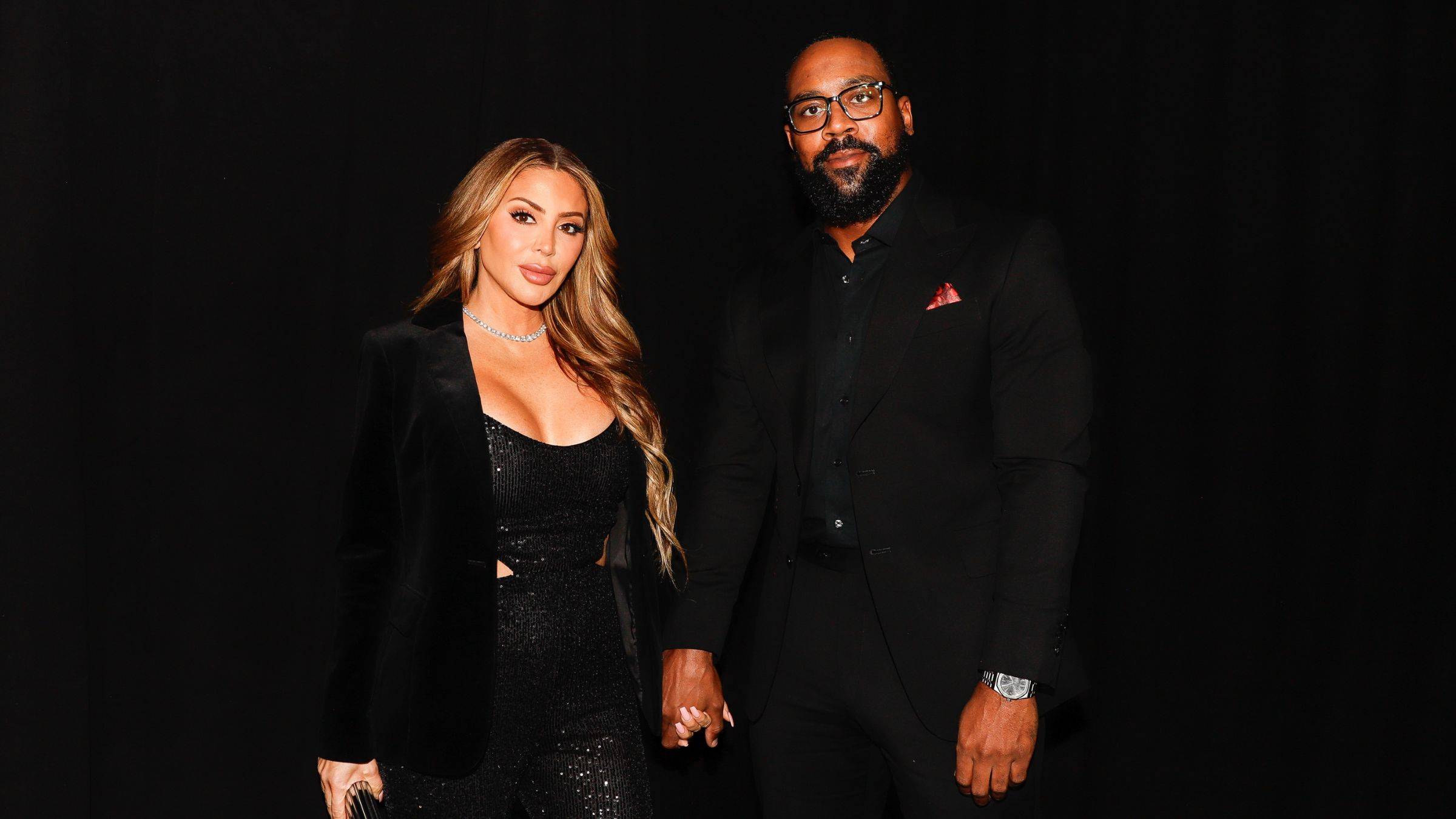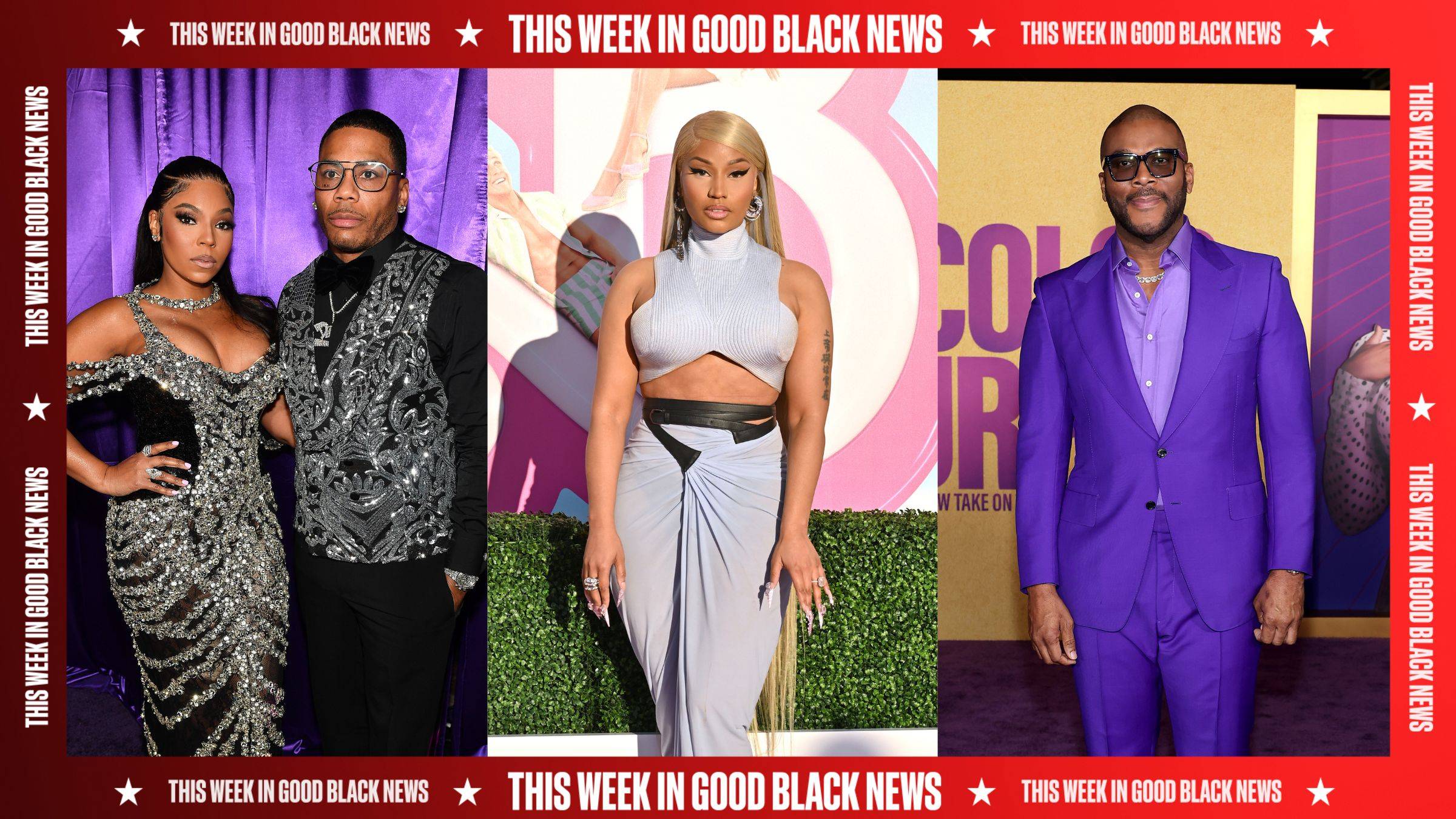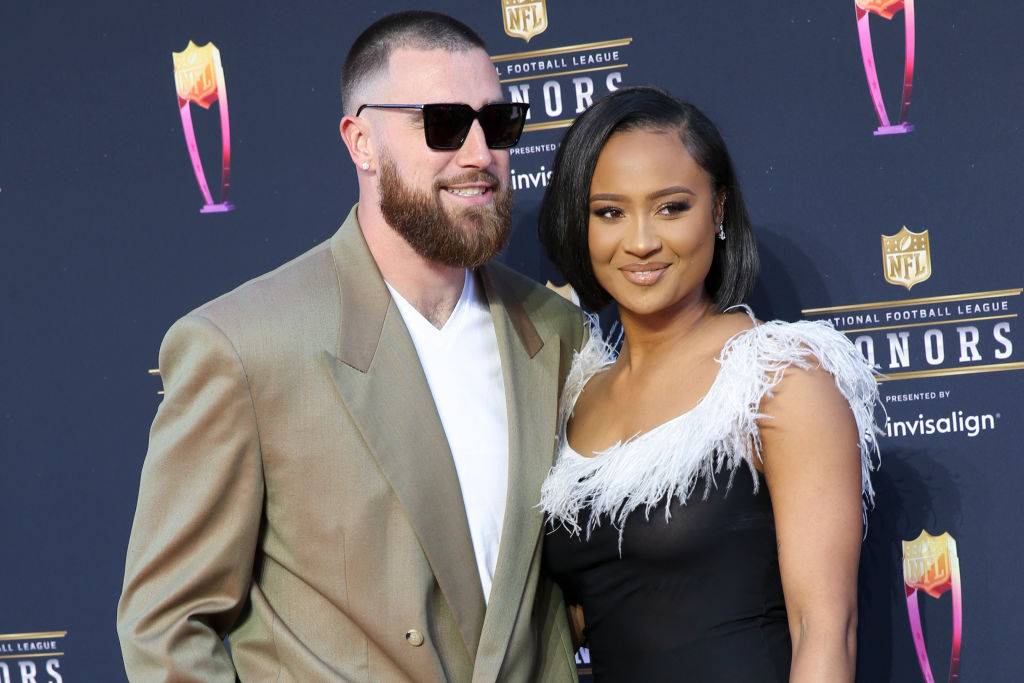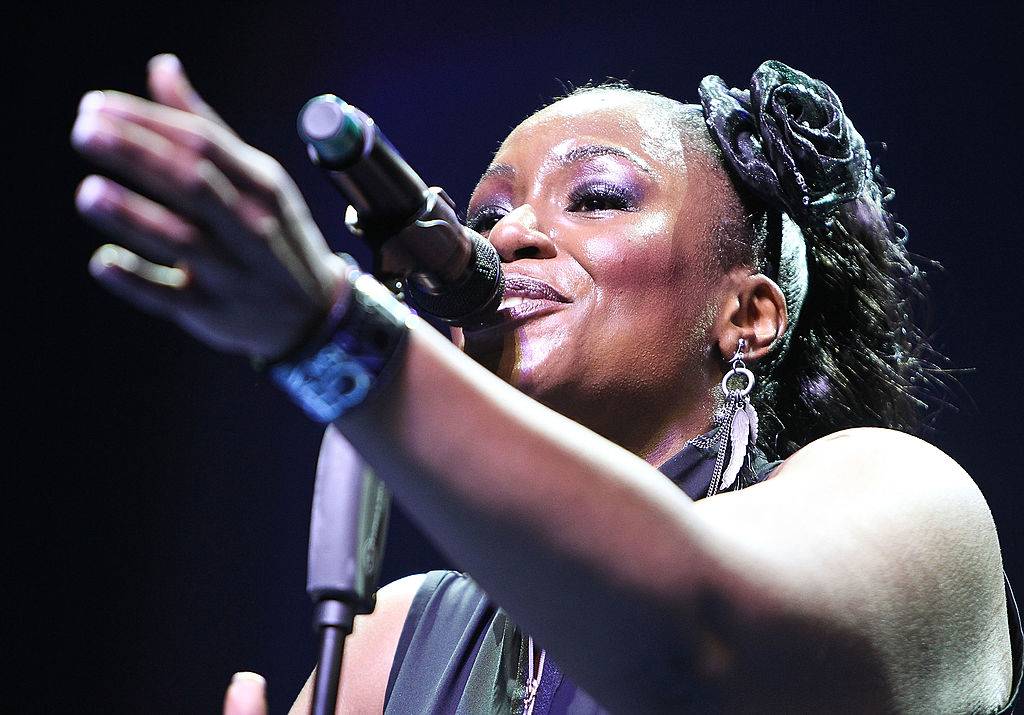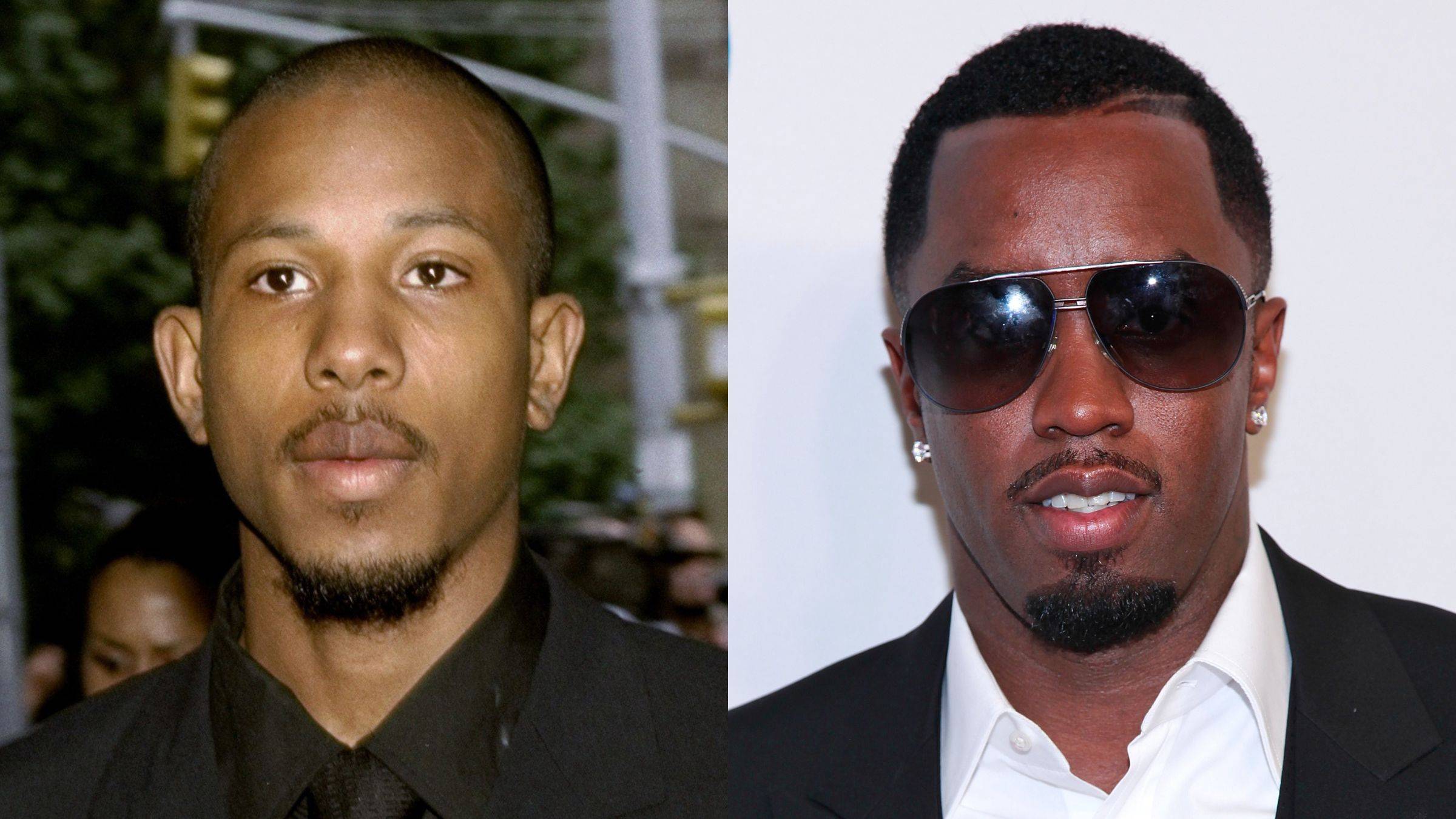Body Language Experts Tell Us How To Detect Lies

We interviewed three different body language experts who all got started in different ways. Throughout the interview, we noticed many similarities and differences in their responses. For a better understanding of their training, here's a bit of background on how they were taught about body language:
How did you get started?
Lillian Glass:
I studied verbal and nonverbal communication in college and did a lot of research on the subject.Then I began a private practice in Beverly Hills, California, where I worked with celebrities teaching them body language for different movie roles. l worked with people like Dustin Hoffman, Sean Connery, Julio Iglesias, Will Smith, Forrest Whitaker, Mickey Rourke, Andy Garcia. Then I started analyzing the body language of politicians whenever there was an election. Then I started doing a lot of media on various shows where I analyzed the body language of celebrities — whether they were telling the truth or whether they were in a good or bad relationship, etc. Then I started writing books on body language like The Body Language Advantage and Body Language of Liars and doing lots of TV shows and being a body language commenter and appeared on shows such as Dancing With the Stars, 20/20, GMA, Today and many other shows. Now I use my skills giving lectures around the world and I have even spoken to the FBI. I also now do jury consulting and help people prepare for trial to have the best speaking skills and body language in court.
Vanessa Van Edwards:
I used to be boring. Really uninterestingly bland. It wasn’t for lack of trying. I just didn’t understand people. How to read them. What makes them tick. How to carry a conversation. Most of all, I didn’t think I had anything to offer. In college, I was at the peak of trying to escape from my awkwardness. I had realized that people skills were important, but knew that I lacked any kind of interpersonal intelligence. So I was on the hunt for help. My psychology professor, Dr. Edwards, shared with me a nugget of wisdom that propelled me into my fascination and love for observation. He pointed to a tiny, quiet girl standing alone in the corner of the gym. “See that shy girl over there?” he asked. “She has the most amazing story.” Then he pointed to a jock-ish guy laughing with his friends at the entrance to the gym. “See that athlete over there? He has the most amazing story.” He continued to do this around the gym until I told him I got the idea. A famous quote sums it up perfectly: “People are only boring when you fail to make them interesting.” — Warren Bennis
Joe Navarro:
I've been studying non-verbal behavior for the past 45 years. Twenty-five of those years were spent in the FBI catching spies. Today, I am an internationally recognized expert, consultant, author and gifted lecturer in the interpretation of non-verbal behavior.
What do you look out for most when someone is lying?
Lillian:
My approach is to look at all four codes of communication:
1. Body Movements
2. Facial Movements and Expression
3. Voice Tone and Speaking Characteristics — How they say it.
4. Speech Content: What they say.
Vanessa: Human lie detection is a delicate art and science. Most important, there’s no Pinocchio’s nose, meaning there’s no one cue to deception that means someone is lying. Lie detection follows a structure involving establishing a normal baseline for an individual (how this person acts under normal, unthreatening circumstances), establishing an emotional baseline (how this person shows nerves) and then spotting red flags that differ from these two baselines. It’s essential to look for a cluster (three or more) red flags to move into a confirmation sequence of asking follow-up questions.
Joe: Body language is the kind of thing that draws from many disciplines. Unlike math, which comes from one discipline, body language comes from anthropology, sociology, physiology and so forth, so I just took it upon myself to read all the literature that existed on the topic but also hired experts who came in and taught me. Really an FBI agent is a paid observer, that’s what we do all day long. We are constantly interviewing and talking to people — that was a majority of my job — and analyzing if people are really meaning what they say or are they hiding anything? And so forth.
How do eyes and lips play a role in someone’s body language?
Lillian: Eyes say a lot. Excess blinking, looking away, staring can indicate lying. It can also indicate anxiety and whether someone is into you or not. Lips say a lot as well. Pursing lips, licking lips, tongue between lips, biting lips all may indicate signs of lying — especially in the context of a specific question.
Vanessa: The eyes and lips are key players in nonverbal communication. When we make direct eye contact with someone (mutually gaze), it breeds a hormone called oxytocin — the connection and feel-good hormone. Not all eye contact is created equal as there are actually three different types of gazes (power, social and intimate) that send different signals to the receiver. For example, in social gazing, the gaze is concentrated near the mouth and sends signals of warmth and friendliness.
When someone is lying, a common red flag is that the individual will engage in blocking behavior of the eyes or mouth (covering the eyes, biting on a pen). Our brains don’t like when we lie as it creates extreme cognitive load, so our physical body often gives us away.
*One special cue is the lip purse, which is when someone presses their lips together into a hard line or pucker. This is like someone is trying to keep their mouth shut and usually it is a sign of withholding. If you see someone lip purse, they might be holding back from telling you something or trying to keep in the truth.
Joe: Lying is something that is difficult to detect. We look for deception, as we know since 1986 [that] it’s very difficult to detect. What we look for in the FBI is that if we ask someone a question, we have to look at how they answer it. Do they answer it quickly? Do they answer it smoothly? Does it cause them what we call a cognitive load, which means if I ask you, “Where were you last night?” and you have a pained look like you’re taking a math test, that’s a cognitive load. We look for emphasis when we’re happy and content we emphasize, but when we struggle with something, we don't. We can’t confirm the lie, but we can use the indicators to help us understand if we have to ask more to investigate.
What position do people usually get in when they’re lying?
Lillian: Fetal position with head bowed and shoulders rounded. Sometimes they don't move at all while other times you may see excessive fidgeting.
Vanessa:
We often leak our deception in three ways:
1. Facial Expressions
2. Body Language
3. Vocal Cues
You must establish a baseline for someone before you’re ever able to know if they’re lying. Specifically pay attention to:
• Their facial expressions — Are they very expressive? What faces do they make? Where do they look when they are talking to you?
• Their body language — What is their posture like? Do they use hand gestures? Do they fidget? How do they behave?
• Their vocal power — How do they sound? Do they sigh or scoff? Do they speak fast or slow? What is their volume like?
All of these will be helpful to you when moving on to later steps and confirmation.
Joe: There is no way to tell when someone is lying. Science doesn’t support that behaviors mean that you’re lying. I can give you an example, I interviewed this woman and she was biting her lip, touching the back of her neck, swiveling in her chair and I’m thinking she’s guilty and so I said, “Ma'am, you look like you need to get something off your chest” and she said, “Thank you, Mr. Navarro, because when I parked downstairs, I only had a quarter and my meter is about to run out.” She was nervous about something else. Both the honest and dishonest can show signs that many may think are a sign of lying.
What’s a body language fun fact?
Lillian: The body doesn't lie and neither does the voice. When you learn how to effectively read people, you will not be scammed into being taken advantage of.
Vanessa: Have you ever thought someone was telling you a lie? Your intuition was probably right — on average people tell two to three lies in a ten-minute conversation. Even more frightening, 91 percent of people lie regularly at home and work. But we can detect these lies only about half of the time — no better than a coin toss. Learning how to decode and interpret nonverbal behavior such as facial expressions, gestures, physical movements and vocal tone is an integral part of communication and can help you detect lies.
What do the way people play with their hands tell you about lying?
Lillian: The hands tell you a lot. If people play with their hands as soon as you ask the a specific question, like where were you last night and they were supposed to be home and they were out and they say they were home for instance, you may see automatic hand movement as they spew forth their lie.
Vanessa: Hands are our trust indicators — this means, that when people can’t see our hands they begin to feel anxious and a sense of unease. This is exactly why we offer a handshake when we first meet someone — it sends signals of friend not foe.
Joe: There are no indicators of deception. There is no Pinocchio effect that can tell us if someone is actually lying or not. We look for behaviors that are indicative of discomfort so long as we are not the cause of it.
